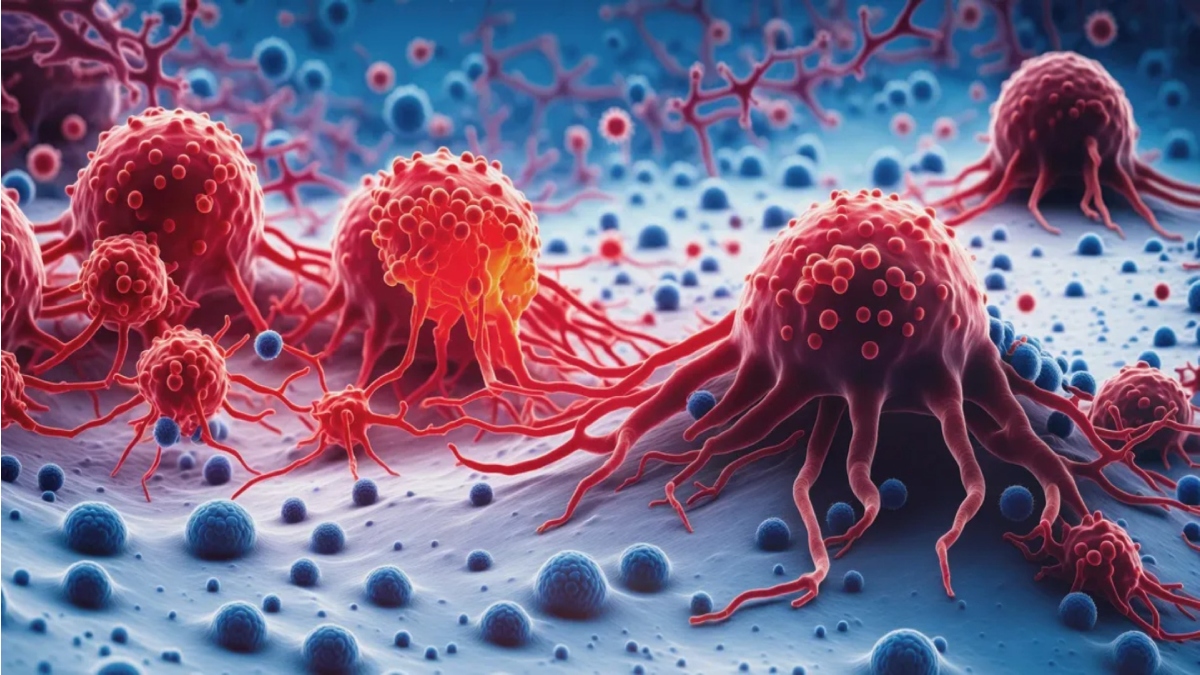Scientists have destroyed 99% of cancer cells using vibrating molecules. This innovative method, developed by researchers from Rice University, Texas A&M University, and the University of Texas, involves the use of aminocyanine molecules exposed to near-infrared light, causing them to vibrate and disrupt cancer cell membranes.
Aminocyanine molecules are primarily known for their use as synthetic dyes in bioimaging and cancer detection. These molecules are stable in water and have a unique ability to attach to cell exteriors.
James Tour, a chemist from Rice University, described this new approach as a significant advancement over existing cancer-targeting molecular machines, like the Feringa-type motors. He dubbed the new method as “molecular jackhammers,” highlighting their speed and efficiency, which is over a million times faster than the Feringa-type motors.
The key to this method’s success is the use of near-infrared light, which can penetrate deeper into the body, potentially allowing treatment of cancers in bones and organs without invasive surgery.
The method’s efficacy was demonstrated in lab tests on cultured cancer cells and in experiments on mice with melanoma tumors. Remarkably, half of the treated mice achieved cancer-free status. The molecular jackhammers work by generating plasmons, which are vibrating entities that cause the entire molecule to move. This action tears apart the membranes of cancer cells.
Ciceron Ayala-Orozco, also from Rice University, emphasized the novelty of using molecular plasmons to produce mechanical action against cancer cells. This approach is not only effective but also straightforward, potentially preventing cancer cells from developing resistance.
The research, which represents a new way of treating cancer using mechanical forces at the molecular scale, has been published in Nature Chemistry and holds significant promise for future cancer treatments.






